Hidden brushstrokes: when forgotten artists rewrite art's true story
Unearthing hidden artists, challenging dominant narratives, and revealing art's complex global tapestry through critical, inclusive historical reexamination.
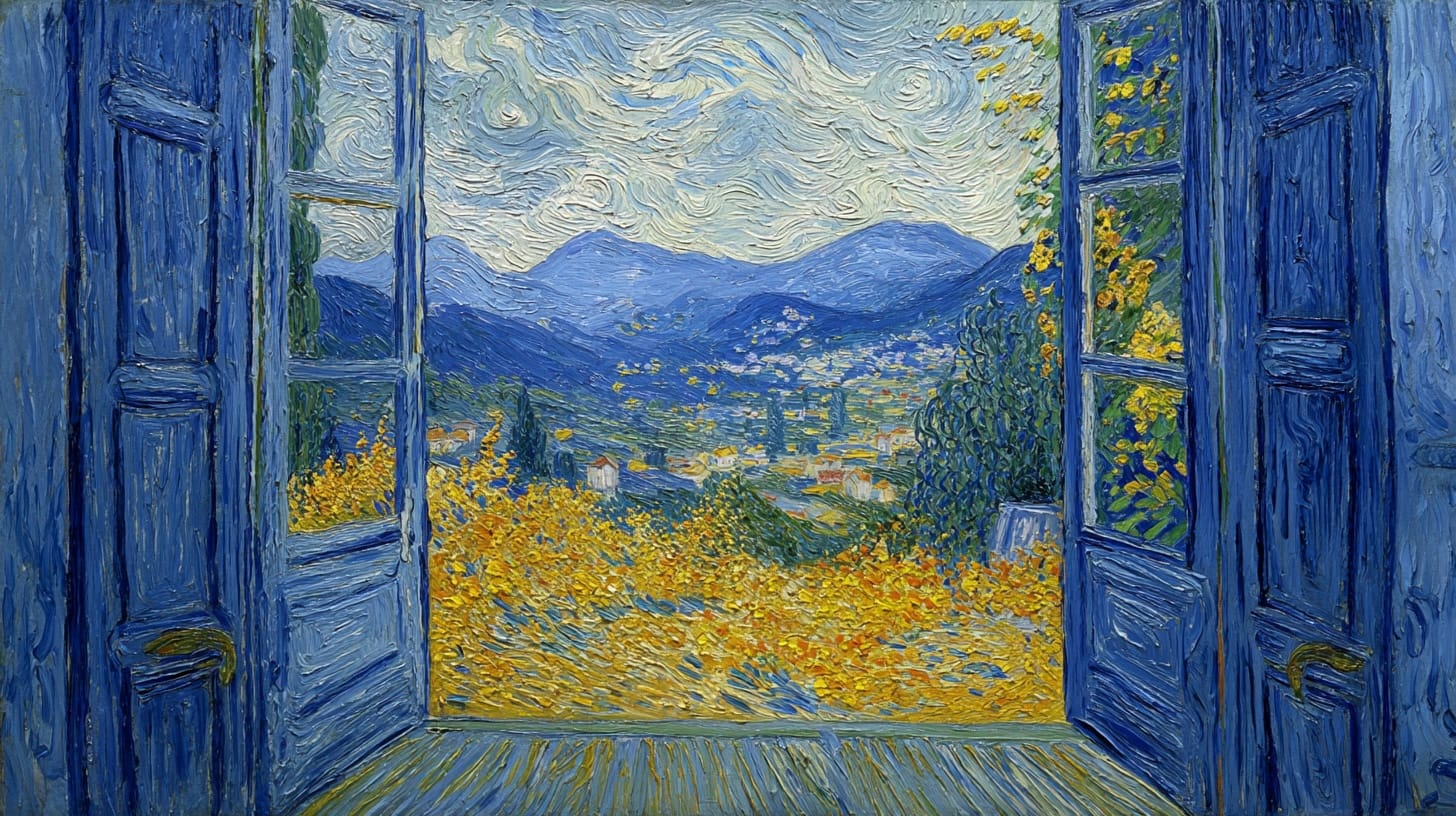
The world of art is far more complex and nuanced than the traditional narratives we've been taught. Beyond the familiar names and celebrated masterpieces lies a rich tapestry of untold stories, marginalized artists, and powerful cultural expressions that have been systematically overlooked. As we delve deeper into art history, we're discovering profound connections, challenging existing paradigms, and reimagining how we understand artistic creation and cultural representation.
Rediscovering Forgotten Voices
Throughout art history, countless talented artists have been relegated to the shadows, their contributions minimized or entirely erased. Women artists, artists of color, and those from non-Western cultures have frequently been denied the recognition they deserved. Take, for example, the incredible work of Hilma af Klint, a Swedish artist who was creating groundbreaking abstract paintings decades before artists like Kandinsky and Mondrian, yet remained virtually unknown until recent years.
Modern scholarship and curatorial practices are increasingly committed to uncovering these hidden narratives. Museums and academic institutions are conducting thorough research to restore these artists to their rightful place in the art historical canon. This process isn't just about adding names to textbooks—it's about fundamentally reshaping our understanding of artistic innovation and creativity.
Decolonizing Art Historical Narratives
The traditional art history narrative has been predominantly Eurocentric, presenting Western artistic traditions as the pinnacle of creative achievement. This perspective not only diminishes the rich artistic traditions of other cultures but also perpetuates harmful colonial assumptions about cultural superiority.
Decolonizing art history means actively challenging these entrenched perspectives. It involves centering indigenous artistic practices, recognizing the complex cultural exchanges that have always existed, and understanding art as a dynamic, interconnected form of human expression. By amplifying marginalized voices and challenging dominant narratives, we create a more inclusive and nuanced understanding of global artistic heritage.
Provenance research has become a critical tool in this reexamination. By tracing the complex histories of artworks—their creation, movement, and acquisition—scholars are uncovering uncomfortable truths about colonial appropriation, systemic discrimination, and the often-violent processes through which art collections were assembled.
The modern art world is increasingly committed to transparency and ethical representation. Museums are conducting thorough investigations into their collections' histories, acknowledging problematic acquisitions, and developing more responsible approaches to displaying and interpreting cultural artifacts.
Contemporary artists are also playing a crucial role in this transformation. Many are creating powerful works that directly challenge historical misrepresentations, using art as a medium for cultural critique and historical reinterpretation. Their work serves as a vital counterpoint to traditional narratives, offering fresh perspectives and demanding a more nuanced understanding of artistic expression.
Technology and digital platforms have further accelerated this process of rediscovery. Online archives, digital collections, and global research networks make it easier than ever to access and share information about overlooked artists and artistic traditions. Social media and digital publications have democratized art historical research, allowing for more diverse voices and perspectives to emerge.
The ongoing work of reimagining art history is not just an academic exercise—it's a profound act of cultural healing and recognition. By embracing a more inclusive, complex understanding of artistic creation, we honor the breadth of human creativity and challenge the systemic exclusions that have long defined cultural institutions.
As we continue to uncover and celebrate these hidden histories, we're not just expanding our knowledge—we're fundamentally transforming how we understand art, culture, and human expression. Each rediscovered artist, each reexamined artistic tradition, contributes to a richer, more nuanced narrative that reflects the true complexity of our global creative heritage.
Subscribe to my newsletter to get the latest updates and news

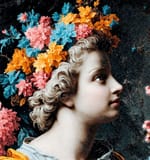

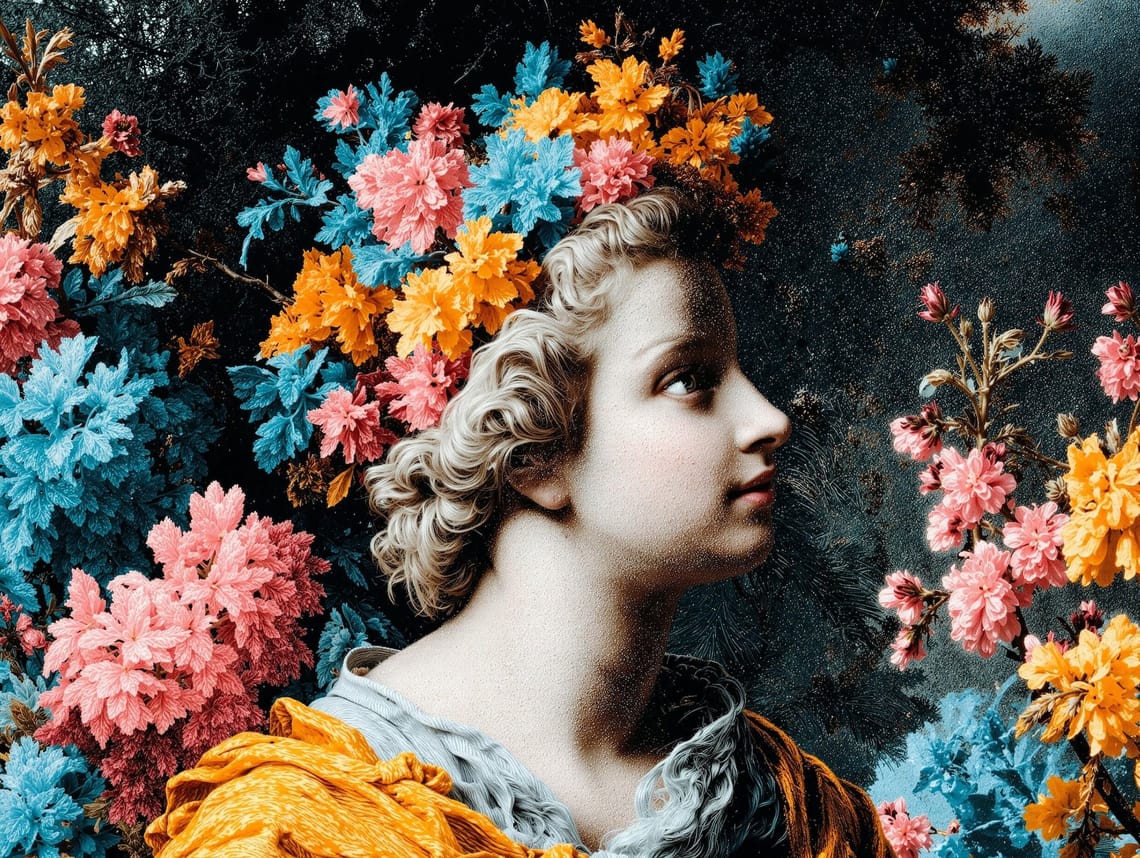
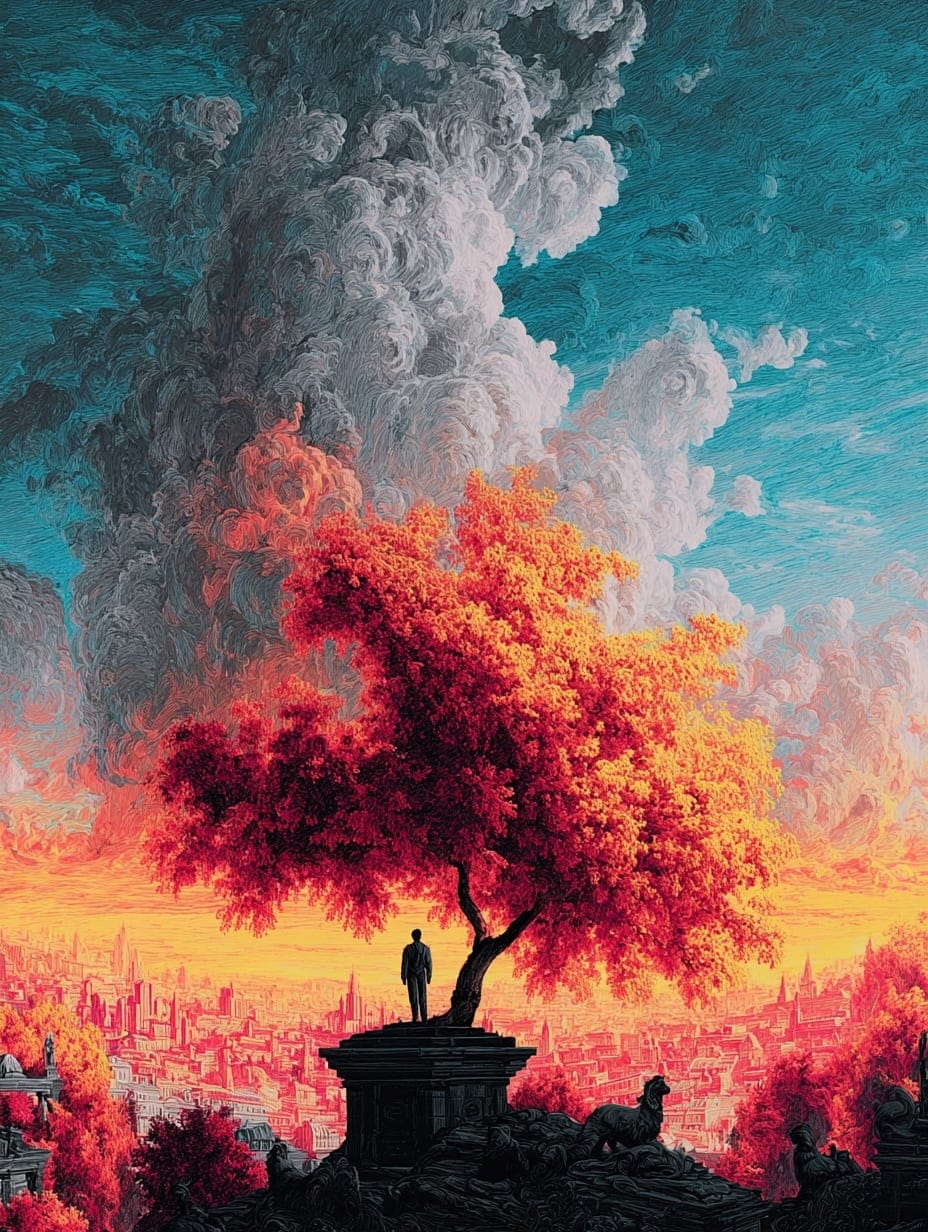
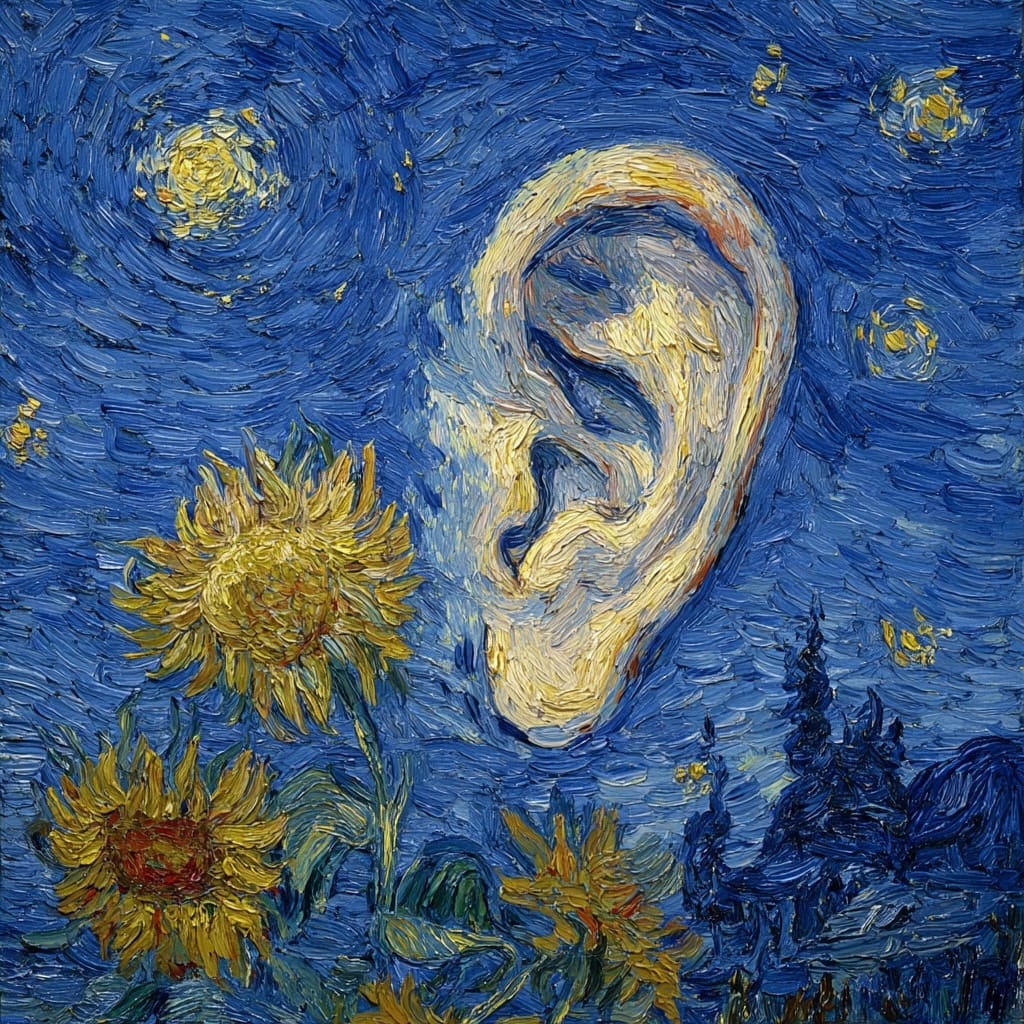
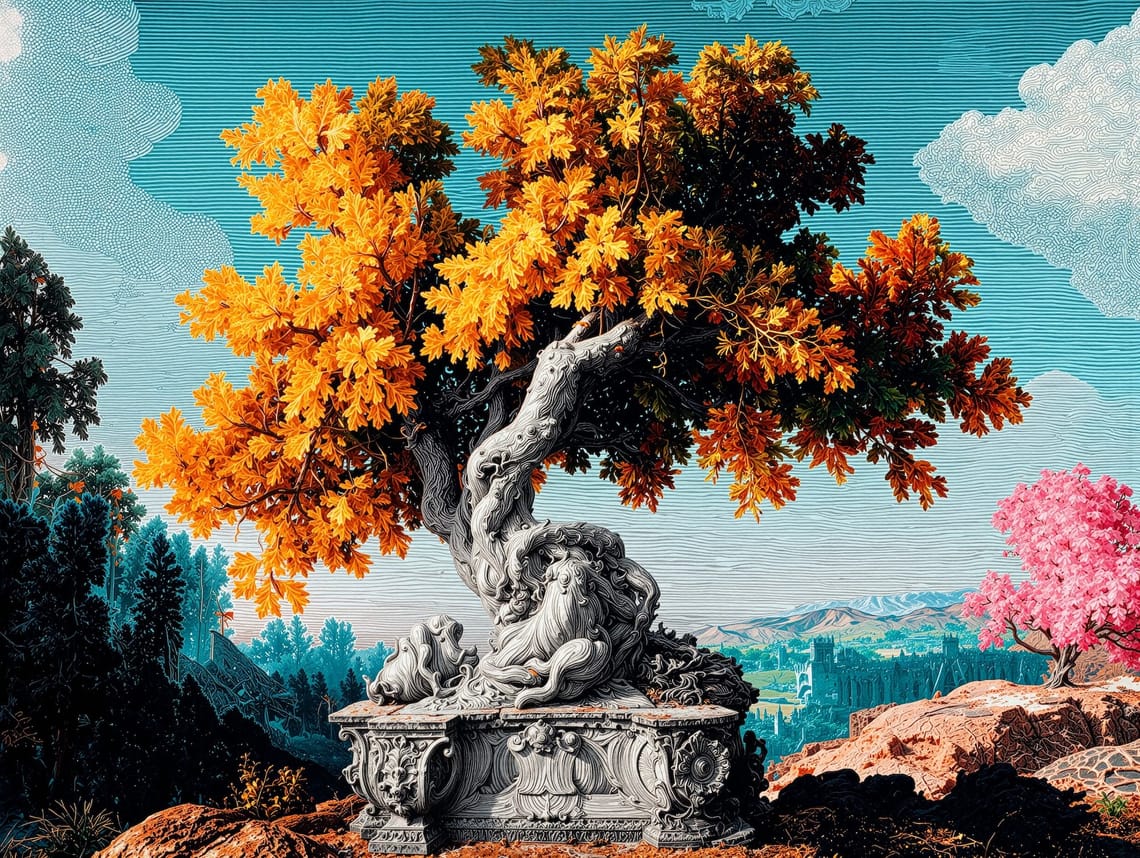
Member discussion